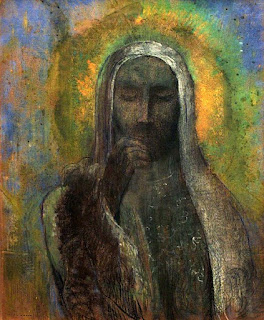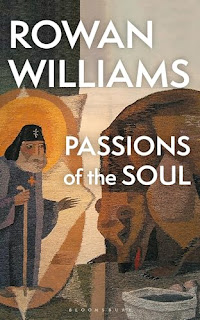'Distinctness and splendour': an Old High sermon for Easter Day

From an Easter Day sermon of the 1820s , by Charles James Blomfield when he was vicar of St. Botolph-without-Bishopsgate, London and (from 1824-28) Bishop of Chichester, standing in the Old High tradition. In characteristic Old High fashion, Blomfield here sees our participation in the Easter embodied in prayer, scripture, and sacrament (note this pre-1833 reference to "frequent communion") and in the call to holy living. The scripture references are a reminder of how the Old High tradition robustly and confidently regarded itself as rooted in Holy Scripture. There is a deeply Pauline nature to this emphasis: like the Apostle, the Old High tradition understood the Resurrection as necessarily expressed in ecclesial communion and holy living. In the absence of such witness to and fruit of "distinctness and splendour", the Resurrection is not being confessed. ... the resurrection of our Lord, as recorded by the Evangelists, and as explained and improved by the Apostl...














